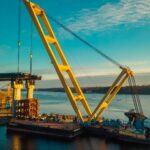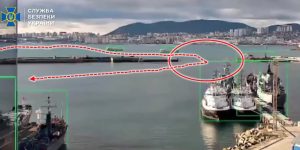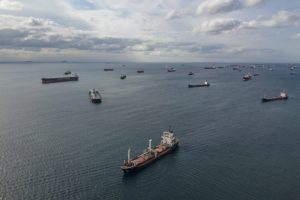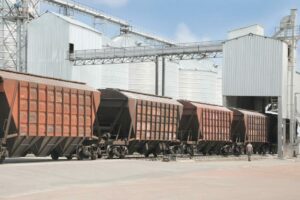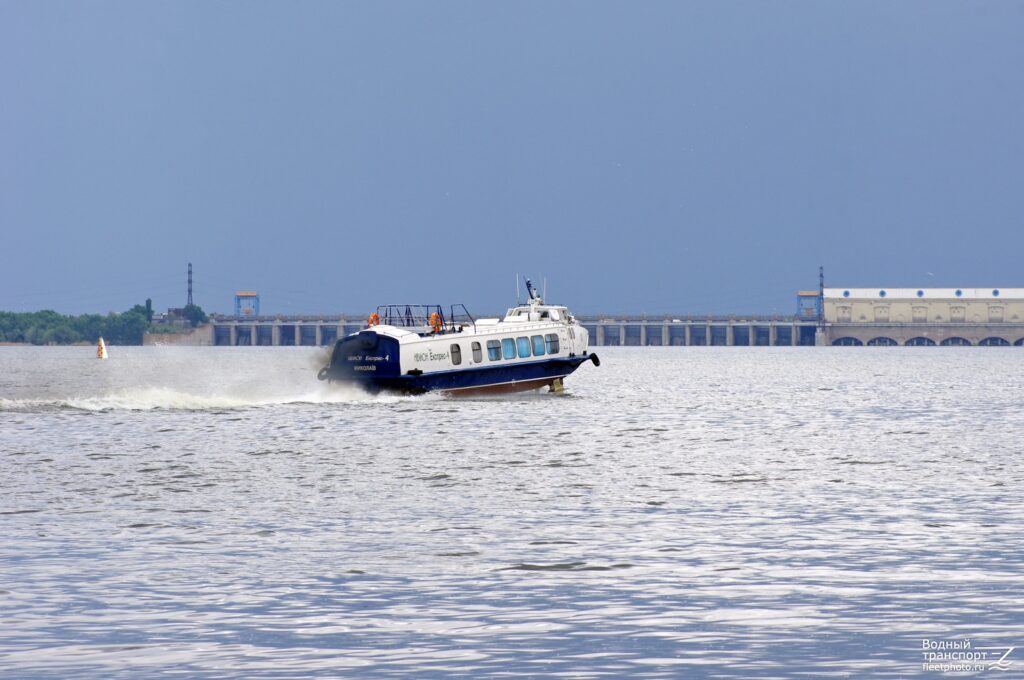Blocked: the auxiliary fleet is “stuck” in the occupied ports of Ukraine
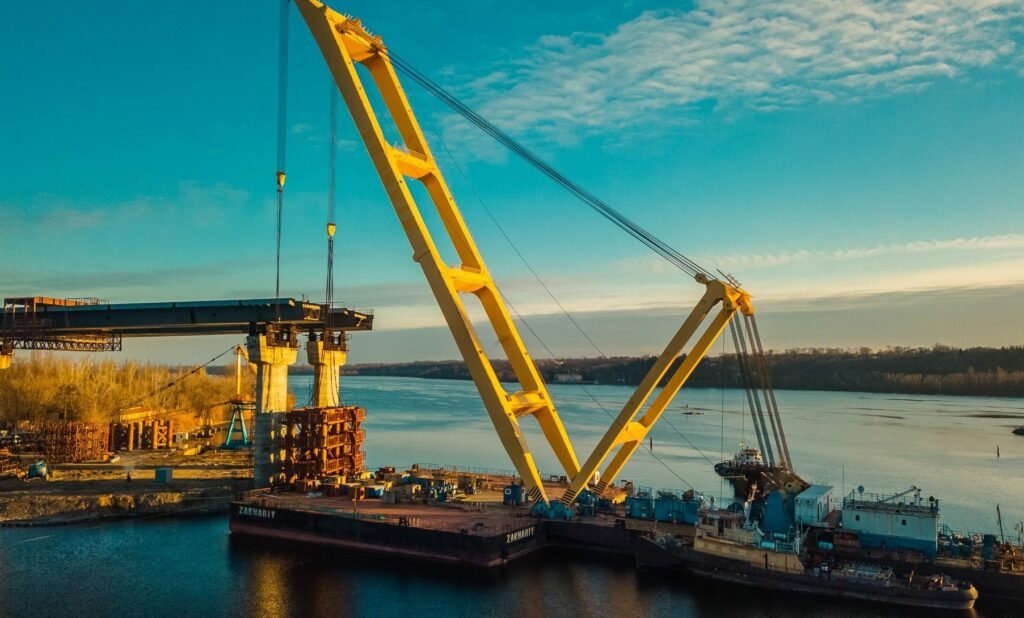
The USM tells which auxiliary and special vessels remain in the occupation. We are considering whether the russians will be able to exploit them for their own purposes, and what problems the blockade of the technical fleet exposes the vessels to.
Part of the Ukrainian fleet of tugboats and other auxiliary vessels actually ended up in the blockade.
One of the most powerful floating cranes of Ukraine and Europe – Zakhary LK-600 – is “stuck” in Kherson port. It was built at the “Kuznia na Rybalskyi” shipbuilding plant in Kyiv in 2009. Carrying capacity – 680 tons. In 2017, this crane worked in Istanbul, Turkey, and last year it was returned to Ukraine.
Nearby is another floating crane – KPL 108, which arrived in Kherson on February 16 from Mykolaiv port.
In the port of Mariupol, next to the unknown ship on which the occupiers disabled the AIS, there is a tugboat or a special purpose vessel with the identification system also disabled.
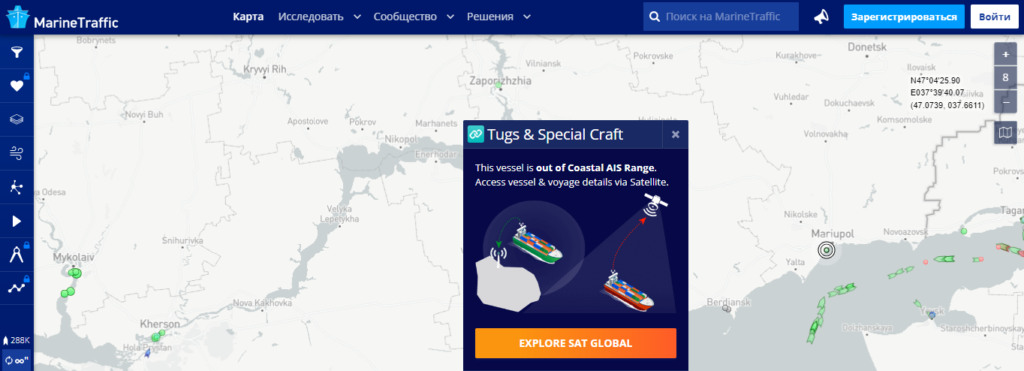
According to MarineTraffic, there is currently no auxiliary fleet at Berdyansk Sea Trade Port. In a comment to USM, the director of the state-owned enterprise, Olga Saminina, said that before the war, the port was on the brink of crisis.
“What cargo are they going to transfer and to which countries? Most of the cranes are not working, we had to repair them during the spring and summer. Similarly with other mechanisms. That is, everything is very silly and incomprehensible, but for shooting stupid videos about the start of work of the Berdyansk port for russian television, it is exactly what they need,” says Olga Saminina
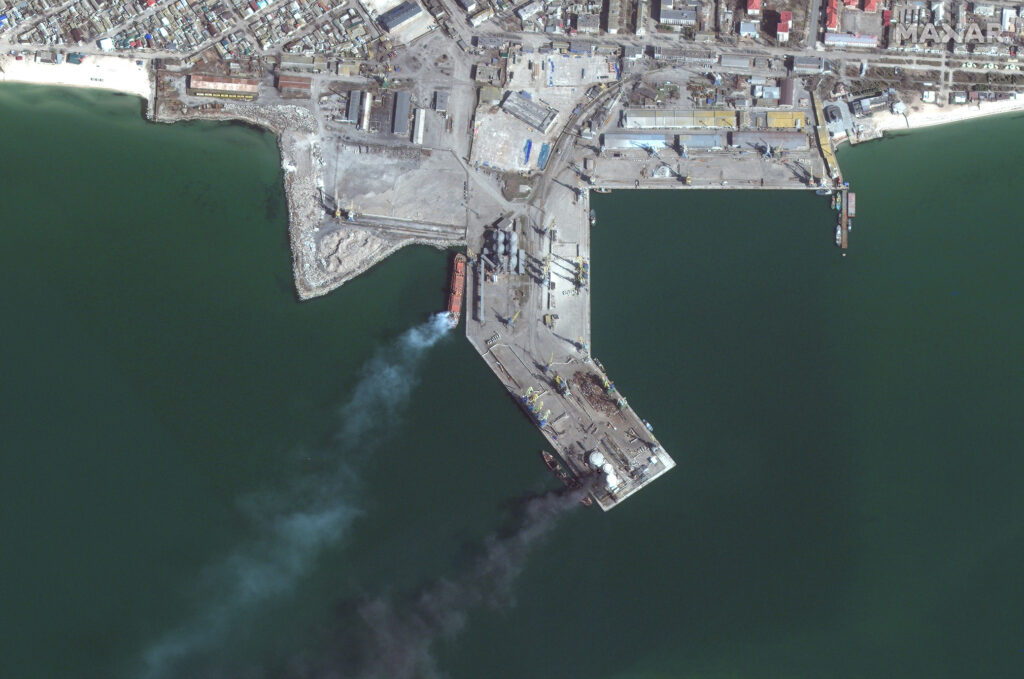
A similar situation with the presence of the auxiliary fleet in the Mykolaiv Sea and Zaporizhia River Ports. There is a high probability that technical vessels managed to “run” to other ports.
Auxiliary vessels are also not shown up the Dnipro River. Perhaps they were hidden for security purposes.
The downtime of auxiliary vessels, tugboats and floating cranes has a negative impact on their technical component, but now we can only wait for the deoccupation and the return of the fleet to its legal ownership.
It is important to say that in the occupied territories, the russian invaders cannot use the ports to their full potential. First, one must be able to service ships, tugboats and floating cranes. Secondly, this requires specialists, and most Ukrainians refused to work for russians.
One of the options for the development of events is to transport human resources from the russian Federation to the captured cities of Ukraine. In this way, the russians gradually settled Crimea, which was annexed in 2014. But, as we can see, the port infrastructure there has barely been working since then. This is influenced by sanctions, the deterioration of the grain situation due to a lack of irrigation, and the “russian” approach in general.
The wars unleashed by russian federation in the 21st century, especially on the example of Georgia (Abkhazia and the so-called South Ossetia) and Moldova (the unrecognized Transnistria), showed that the invaders have no goal at all to develop the territories seized by illegal and violent means. They leave behind only destruction and decay.
